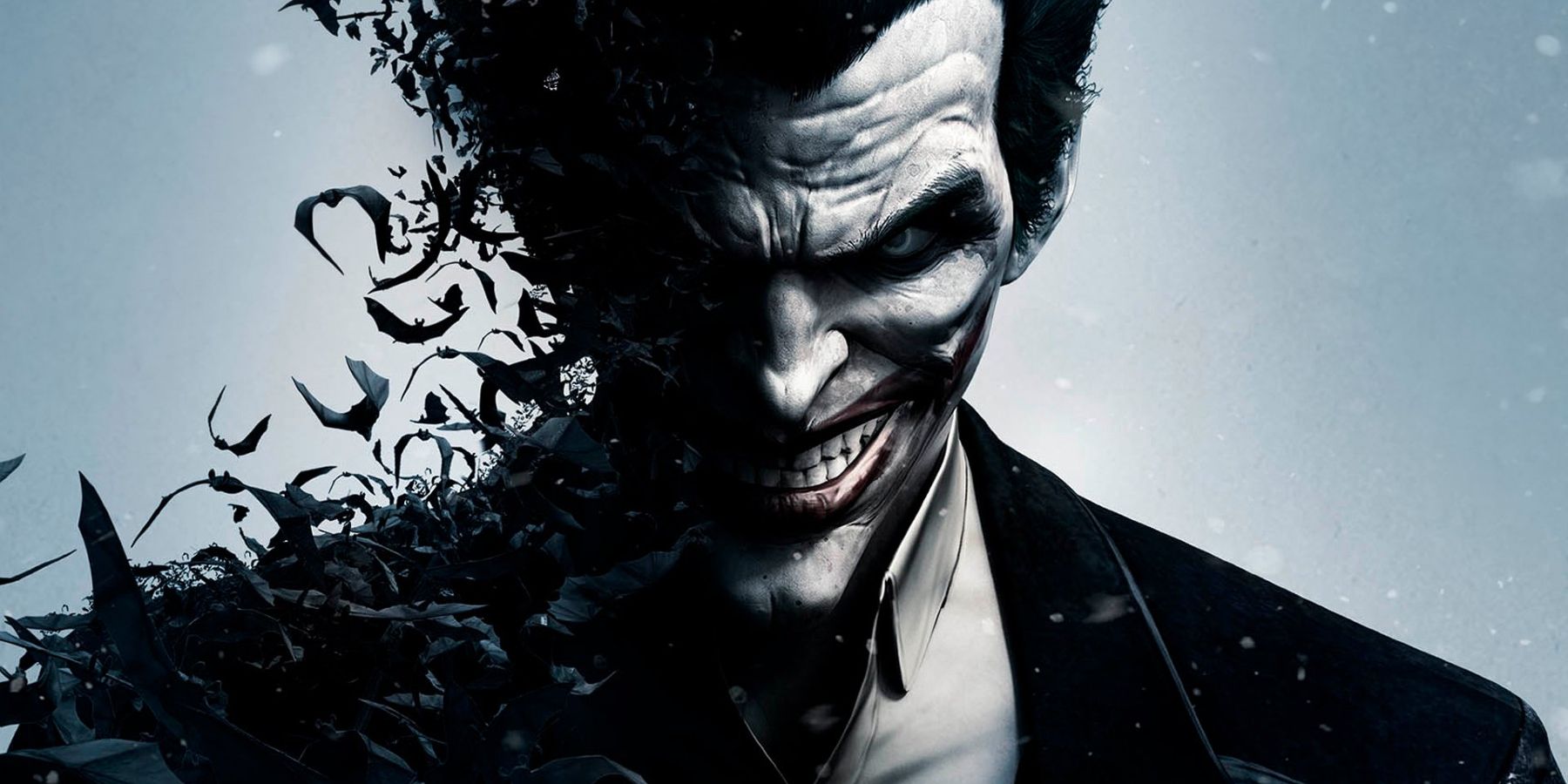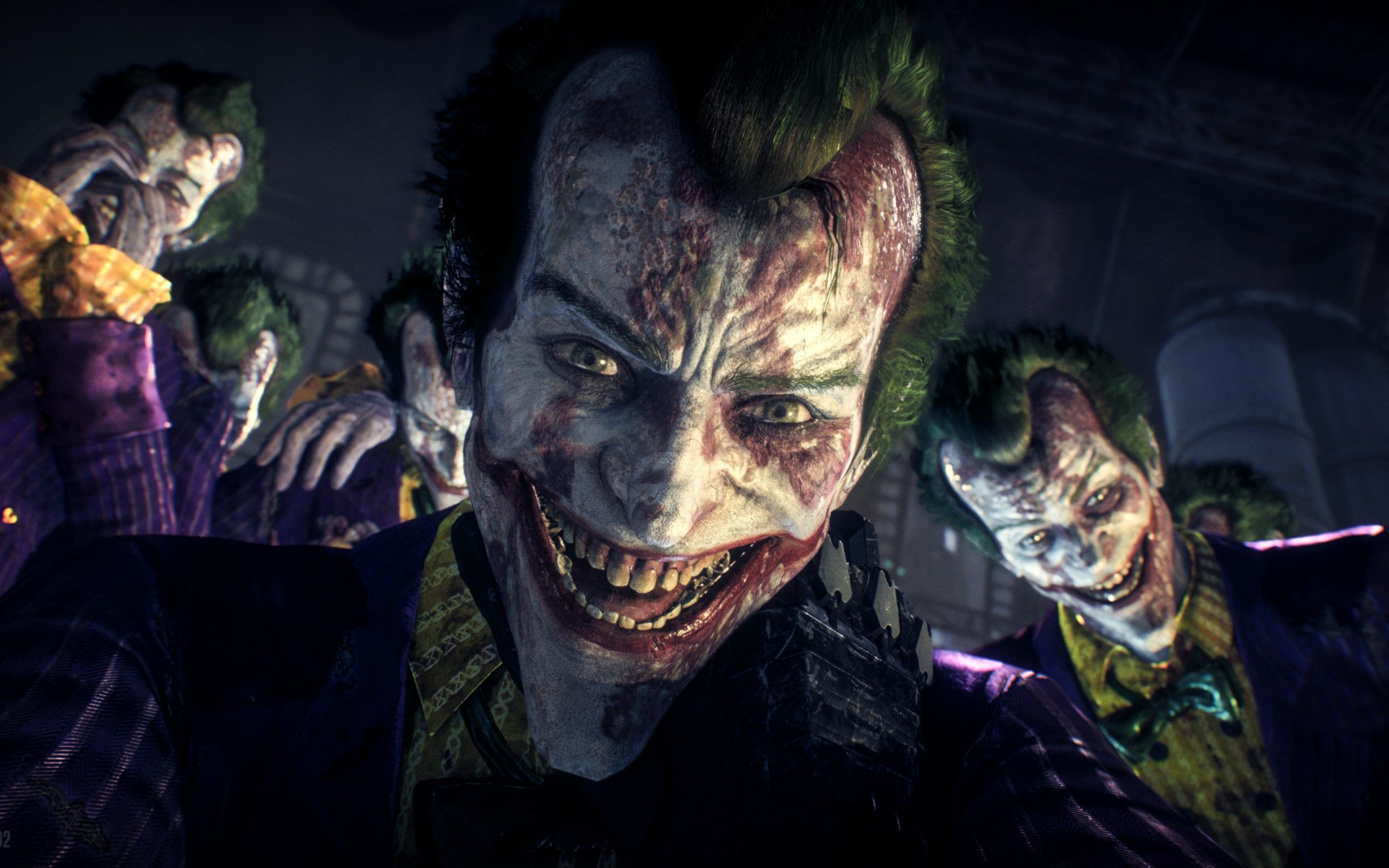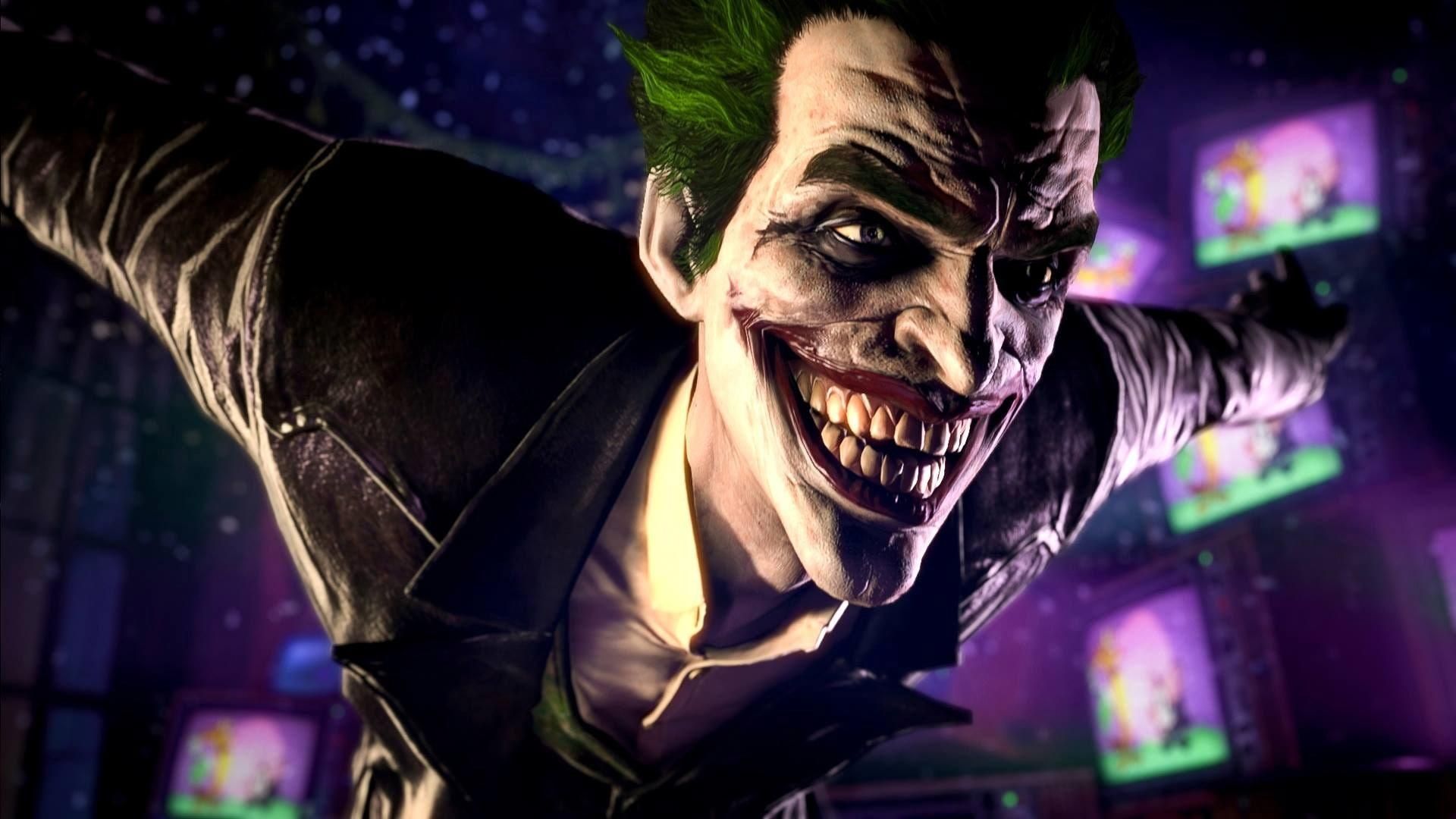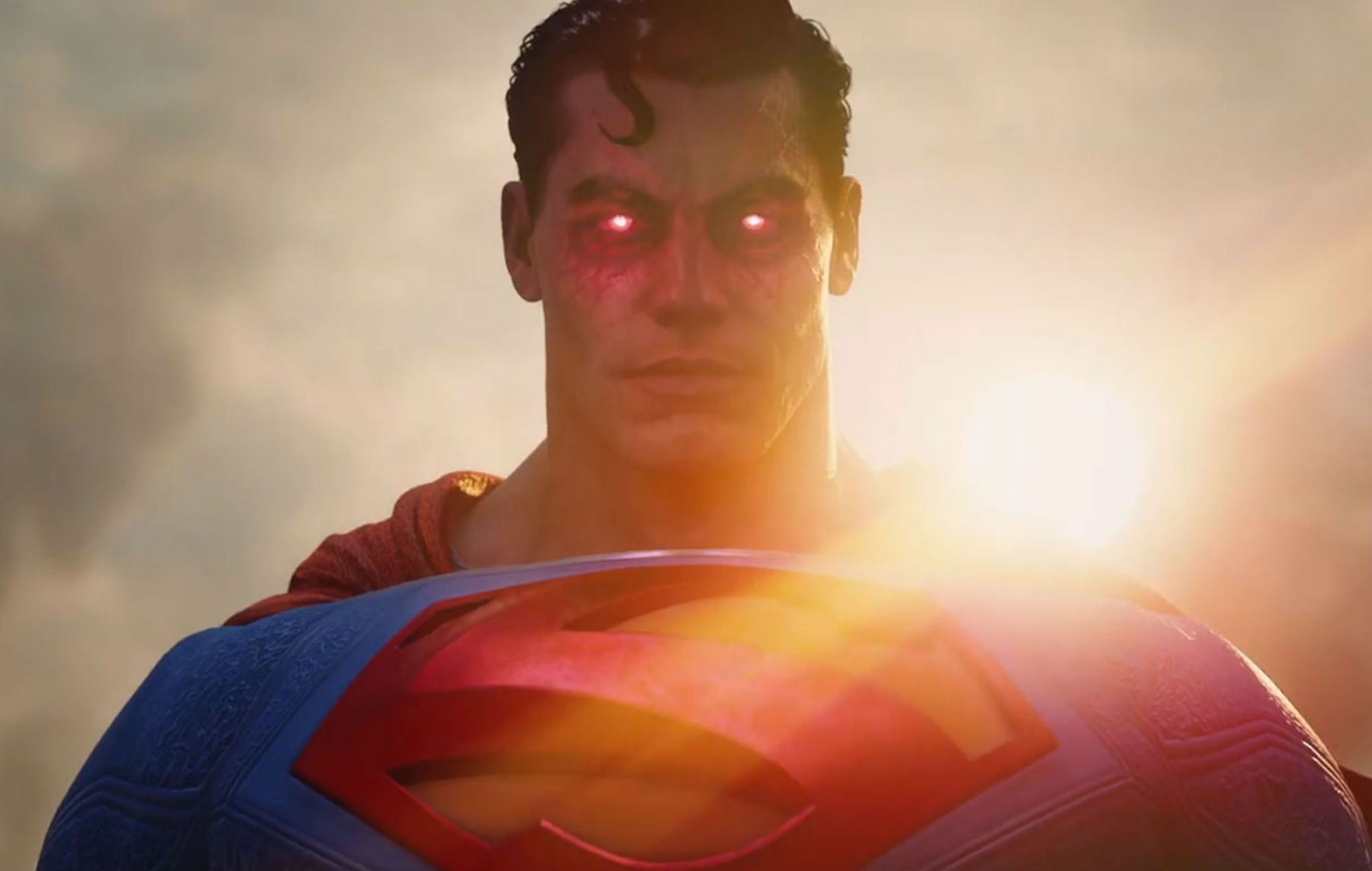Suicide Squad: Kill the Justice League pits Harley Quinn, Deadshot, Captain Boomerang, and King Shark against a slew of Brainiac minions, as well as the Justice League itself. Lacking any sort of context for when Brainiac’s invasion began, Suicide Squad: Kill the Justice League seemingly drops Task Force X into Metropolis as a final effort to dispatch the League, whose members are being mind-controlled.
This establishes a fantastic set piece in Metropolis with an alluring premise, but following Brainiac’s invasion it is interesting to consider where a sequel may take these characters in the future, and who they may be thrust into conflict with that could surmount the likes of Superman, the Flash, or Green Lantern. The fact that Suicide Squad: Kill the Justice League is a continuation of Rocksteady’s Arkhamverse suggests some characters will unfortunately not appear to terrorize Metropolis or Gotham, such as the Joker.
The Joker is Deceased in the Arkhamverse
Rocksteady and WB Games Montreal’s Arkhamverse is made up of all Batman games that feature the name Arkham in their subtitle, including the iOS game Batman: Arkham City Lockdown and the animated film Batman: Assault on Arkham. In this timeline, and particularly the canon established in Rocksteady’s seminal trilogy, the Joker died at the end of Batman: Arkham City.
Having been dying due to the effects of Titan in Joker’s blood from Batman: Arkham Asylum, the character attempts to achieve immortality through Ra’s al Ghul’s Lazarus Pit, but is thwarted. Unable to retrieve the cure that Mr. Freeze had manufactured, the Joker is left to die at Batman’s feet. Mark Hamill, whose performance as the Joker is iconic, returns in Batman: Arkham Knight to play the character in hallucinations. While he remains dead, the character is reprised for Batman and the player.
Joker’s dead body is cremated, which ends Rocksteady’s run with the character at the same time as its Batman trilogy had ended. But now that the Arkhamverse is continuing through Suicide Squad: Kill the Justice League, there are many implications that fans can make about what may occur in this novel, yet related IP. For example, the Joker cannot appear as an antagonist in a sequel to Suicide Squad: Kill the Justice League, which is unfortunate due to how strong those gameplay sequences could have been.
Suicide Squad: Kill the Justice League Could Feature Joker in a Prequel
However, a sequel to Suicide Squad: Kill the Justice League could be a prequel, showcasing events from before Batman: Arkham Asylum where either the same or different members of Task Force X have been ordered to subdue the Joker. Yet this would necessitate a lot of continuity breaks in order to find an appropriate place in the timeline to have this ensue, especially if Batman and his Bat Family are capable of apprehending him themselves.
The entire concept of the Suicide Squad is that they are a last resort when no other heroes are around, or if it is so clandestine or dangerous that a team of rogue anti-heroes is the most expendable option. Joker, on the other hand, typically enjoys making an elaborate and theatrical display of his sinister antics.
This is true of Batman: Arkham Origins, Batman: Arkham Asylum, and Batman: Arkham City, and would likely be the case in a Suicide Squad prequel as well. That said, Batman: Arkham Knight featured DLC that let fans play as Batgirl and rescue her father, Jim Gordon, from the Joker and Harley Quinn in a prequel story. This DLC, titled "A Matter of Family," connected to the greater Arkhamverse lore, but remained independent enough to stand on its own. Perhaps a Suicide Squad game could do the same, but it would also risk rehashing too much of the Batman: Arkham identity, which seems like the opposite direction that Rocksteady wants to be headed with its new IP.
Suicide Squad: Kill the Justice League Sequels Need to Be Creative with Enemies
Even if a prequel is not logical in terms of finding a unique path for Rocksteady, it is exciting to consider the options it will have if Suicide Squad: Kill the Justice League receives sequels. Suicide Squad: Kill the Justice League is wholly different from the Arkhamverse’s Batman titles, and that is refreshing due to how multiplayer mechanics will be implemented.
Because Brainiac’s minions are aliens and not mortal humans, Suicide Squad: Kill the Justice League can get away with combat that features violent gunplay in its four-player multiplayer. King Shark can unload a minigun’s entire ammunition drum at a horde of purple aliens while Deadshot launches multiple lethal wrist rockets at another, and fans will have to not bat an eye at how much chaos ensues.
This is perhaps one of the most significant changes being made compared to the Arkhamverse games, because players will now be accustomed to engaging in fisticuffs with other humans and knocking them unconscious rather than mercilessly executing them in a hail of gunfire. What will be interesting to see is what enemies are introduced in potential sequels, because the game’s stylish combat would not translate to mortal, human enemies, let alone random criminals or escaped inmates.
This may mean that future sequels will feature other aliens, such as White Martians, or other creatures from the swathe of DC mythology. Either way, if Rocksteady does continue its Arkhamverse continuity through Suicide Squad games, there are infinite possibilities for new protagonists, antagonists, and DC locations to keep it as unique and authentic to the Arkhamverse as possible. Unfortunately, that future may not include the Arkhamverse’s Joker.
Suicide Squad: Kill the Justice League is in development for PC, PS5, and Xbox Series X/S.




